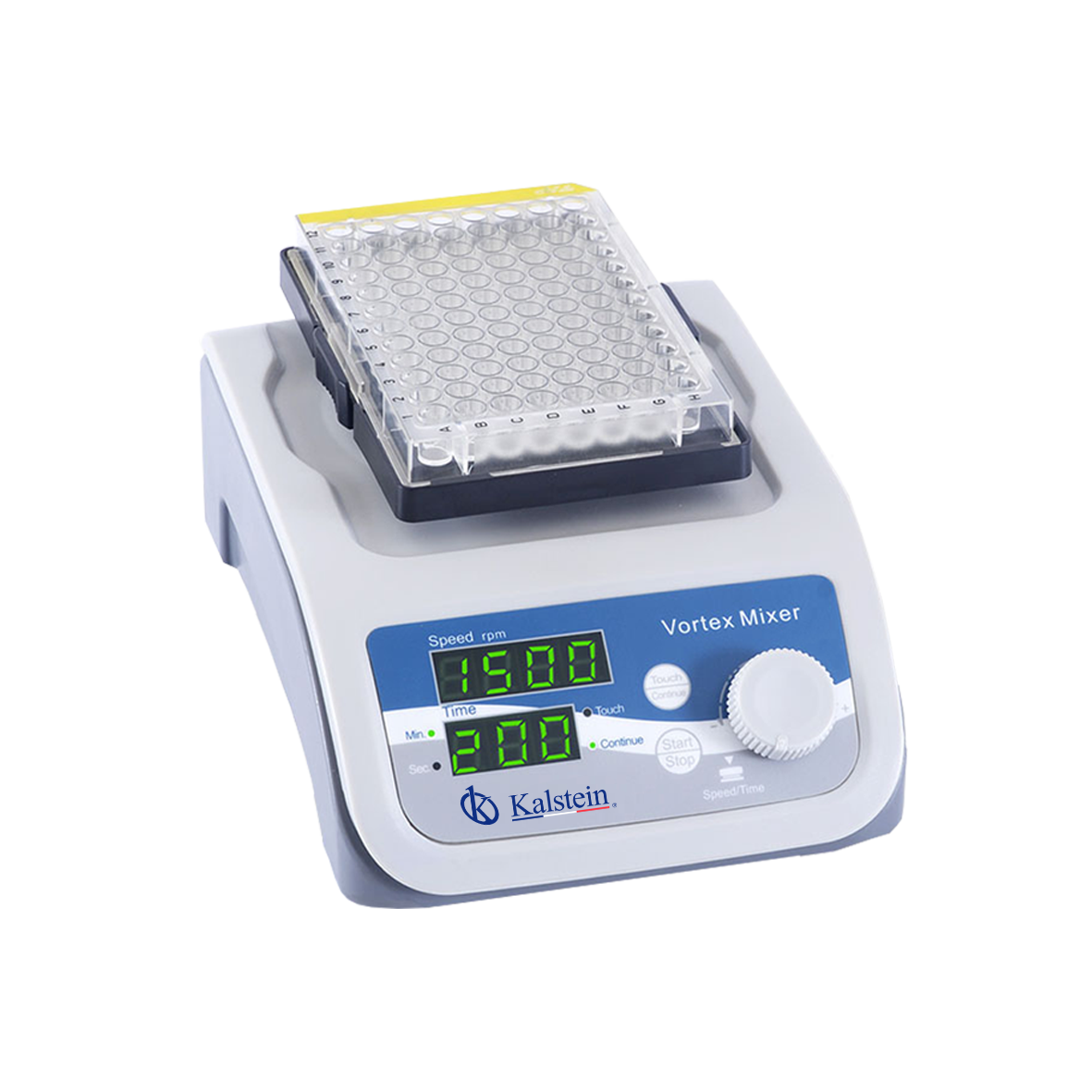A vortex is a type of stirrer also called a vortex mixer, this is a simple device commonly used in laboratories to stir small tubes or vials of liquid. It consists of an electric motor with the drive shaft oriented vertically and attached to a cup-mounted, slightly eccentric piece of rubber or rubber.
How does a vortex work?
It consists of an electric motor with the drive shaft oriented vertically and connected to a cup-shaped rubber part mounted slightly off center. The motor in the rubber cup oscillates rapidly in a circular motion. When a test tube or other suitable container is pressed into the rubber cup (or its rim is touched), the motion is transmitted to the liquid inside and a vortex is created. Most vortex mixers have a variable speed setting and can be set to run continuously, or to run only when downward pressure is applied to the rubber part.
As the motor is turned on, the rubber part oscillates rapidly in a circular motion. When a test tube or other suitable container is pressed into the rubber cup, the motion is transmitted into the liquid and a vortex is created.
Most vortex mixers are designed with 2- or 4-plate formats, have variable speed settings between 100 and 3,200 rpm and can be set to run continuously or to run only when downward pressure is applied to the rubber part.
In what work are vortexes used?
This equipment is ideal for intermittent shaking work using tubes, erlenmeyer flasks, beakers, flasks, etc. Several tubes can be shaken at the same time. It is not limited at all to the maximum size of the tube or vessel to be used, much depends on the technique, the shape of the vessel, the viscosity of the contents and the amount of liquid.
What are the types of vortex?
In a laboratory you will find an important series of vortex stirrers. Each one of them has evolved over time, here we explain what they are:
- One-tube vortex: It is an ideal shaker for mixing substance through a single tube. It performs gentle combinations to achieve strong results of cells or liquid components, either chemical or biological, through the eccentric mechanism. This type of vortex shaker has two modes of operation, continuous and pulse, which is activated by pressing the stopper with the bottom of the tube.
- Multi-tube vortexer: This shaker is designed to make mixtures using several tubes or vessels. You can use it if you need to perform an intense washing of cells, bacteria and yeasts, it can also be used for washing cultures. It can also be used for the extraction of enzymes and metabolites from cells or cell cultures. One of the most important advantages of this type of shaker is that it has the capacity to mix up to 32 tubes at the same time.
- Multi-speed vortex: This is a vortex shaker in which a number of tubes can also be placed, but unlike the others, it offers multiple speed and large scale. It is designed for use in biology laboratories where research in the field of biochemistry and cellular and molecular biology is carried out. It has several platforms. One is used to place the microanalysis tubes and the other for microprocessor control.
In Kalstein we are specialists in laboratory equipment, so we offer you the latest vortex at the best PRICES. Therefore we invite you to take a look HERE

